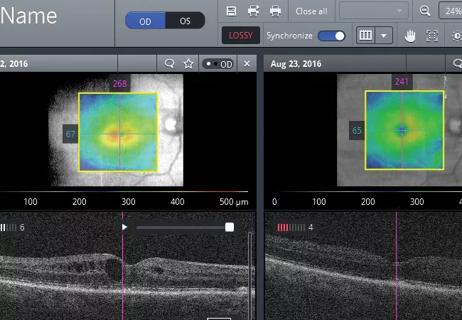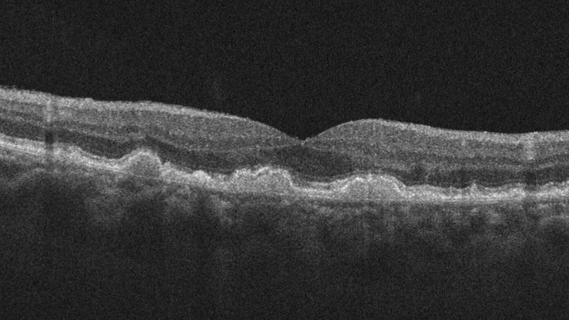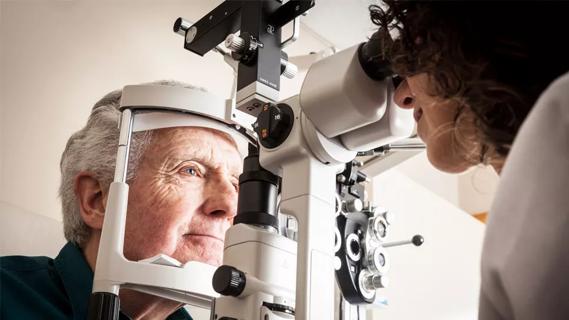Electronic medical records aid communication, treatment

By Sunil Srivastava, MD, Cleveland Clinic Cole Eye Institute vitreoretinal surgeon
Advertisement
Cleveland Clinic is a non-profit academic medical center. Advertising on our site helps support our mission. We do not endorse non-Cleveland Clinic products or services. Policy
At Cleveland Clinic, 3 ophthalmologists care for patients with uveitis, and our rheumatology section includes 12 adult providers and three pediatric providers also involved in uveitis treatment. Additionally, the pulmonary, neurology and infectious disease services often are consulted on these complex cases.
Prior to electronic medical records (EMR), communication among the services was adequate – emails, letters and phone calls were primarily used to discuss cases. However, the inability to read the other findings and plans limited each service’s ability to assess the patient. It also was apparent that providers may not have understood what was needed or what to look for in a specific patient. The review of laboratory tests and images was tedious and sometimes incomplete. Most important, tracking the success or failure of various immunosuppressants was difficult since endpoints were embedded within visits and not summarized.
Often, clinical care decisions can be made quickly, as providers instantly transfer information. With the implementation of a shared EMR chart between ophthalmology and non-ophthalmology providers, communication and care for patients have improved considerably. Sharing of notes and letters between providers can be accomplished while evaluating a patient, often with one or two clicks. If the providers aren’t part of Cleveland Clinic’s system, the letters can be faxed directly to the providers’ offices, keeping them in the loop of ongoing findings and treatments. Often, clinical care decisions can be made quickly, as providers instantly transfer information.
Advertisement
Additionally, the ability to view each others’ clinical exams and notes without having to decipher handwriting has improved clinicians’ understanding when making decisions for these patients. Finally, our clinicians can plot ophthalmic endpoints graphically over time as a method of determining response to treatments and procedures. Improving our ability to track patient outcomes is the next step in implementation.
Shared patients with uveitis are now easily identified and screened for visual outcomes and for potential enrollment in clinical trials. A common outcome form is under development between services to serve as a shared measure of disease severity and to track successes or failures with particular drug regimens.
Patient registries also are under development to allow tracking of particular subtypes (e.g., pediatric uveitis patients) to assess quality and successful visual and systemic outcomes. With imaging being linked to EMR, a large database of complex diseases with outcomes data is under construction, which will improve understanding of uveitis.
Overall, EMR has improved care for our patients with complex inflammatory disease. In the future, the technology will increase our understanding through research and clinical outcome measurements.
Advertisement
Advertisement

Tracks visual acuity results to diagnosis codes

New codes go into effect in October

Early data shows risk is 73% higher in patients with lupus, 40% higher in patients with rheumatoid arthritis

Identifies weak spots in the cornea before shape change occurs

Study highlights the value of quantitative ultra-widefield angiography

Switching medications may decrease treatment burden and macular fluid

Interventions abound for active and stable phases of TED

Corneal imaging and interpretation play a major role